I made up for yesterday’s sloth by walking all over Chiang Mai today, and my feet are feeling the 7 miles! First it was off to the 41st Annual Flower Festival; I missed the parade yesterday (sort of northern Thailand’s answer to the Rose Parade), but the park was still overflowing with blooms and the floats were on display. Being Sunday, the local population was out, along with the tourists, so it was a crowded but beautiful place to stroll. There were contests for the best of show in different categories, and ribbons adorned the winners. There were large ceramic elephants, each designed differently, for Elephants on Parade (sorta like the cows in Chicago that year, and the Mr. Potato Heads all around RI). From there, it was on to the various temples, or Wats, in the city.
First up was Wat Pra Singh, constructed by King Phayoo of the Mengrai dynasty over 700 years ago. The Buddha statue featured was a gift from a nearby king, and the story goes that the chariot carrying the image broke down at the spot where the temple was then built. There are several pagodas and temples in the complex, the most stunning being the gold covered stupa with elephants emerging from the base. And there’s another, smaller reclining Buddha as well.
Then onto the next…Wat Pan Tao, which means “to increase 1,000 times” was built around the same time as Wat Chedi Luang, in the late fourteenth century. It was one of four monastic temples serving the royal temple next door. The temple’s most interesting feature is its wooden wiharn, a chapel for lay people to pray in. The teak building was moved to the temple grounds in 1875 by King Inthawichayanon. It was formerly a royal residence, but the practice in Lanna was for each new king to built a new palace. The old palaces were often ‘recycled’ into other uses, especially in temples.
Wat Chedi Luang (Temple of the Big Stupa) was completed in 1475, as a place to hold the ashes of the father of the King who began it in the late 14th C. It was then given the great honor of housing the Emerald Buddha, the holiest religious object in Thailand (now kept in Bangkok). At this time, Wat Chedi Luang rose to a height of 84m (280 ft.). A century later, a severe earthquake in 1545 toppled part of the great spire. The Emerald Buddha was kept in the Chedi for another six years, then moved to Luang Prabang (in present-day Laos) by the king. Five years later, Chiang Mai fell to the Burmese. The temple was never rebuilt, but even at its post-earthquake height (60m) it remained the tallest structure in Chiang Mai until modern times.
By then I was templed out, and it was very hot and bright, so a rest in a coffee shop brought a second wind, just in time for the Sunday Walking Street Market. It is a showcase of the art and craftsmanship of the Northern Thai people. Many of the stall vendors make and sell their own products and the quality of craftsmanship is superb. The goods available are made from a wide variety of materials such as silk, paper, fabric, wood, metal, glass, ceramic etc. And lots of street food. It was as crowded as Hanoi and Hoi An at Tet so I was glad to find the city gates after doing some shopping and some eating, and make my way back to my peaceful hotel.
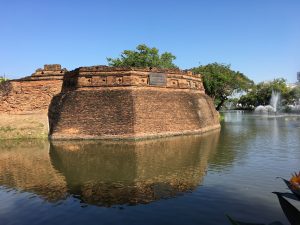
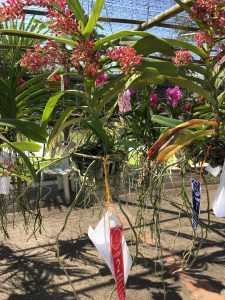
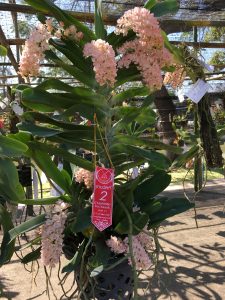
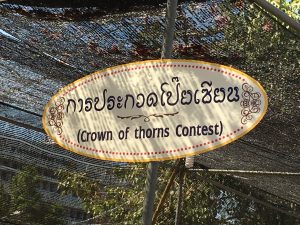
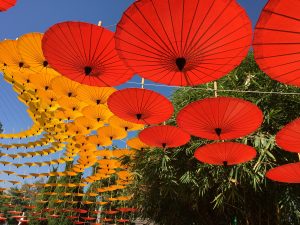
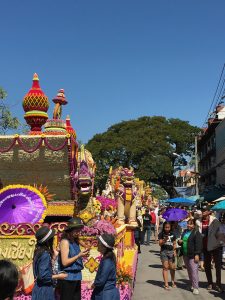
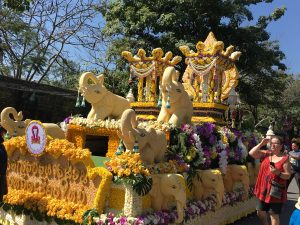
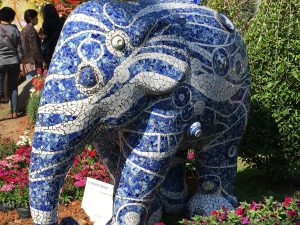
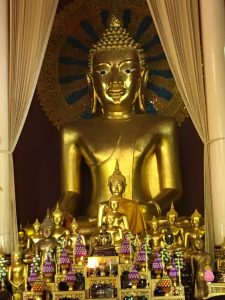
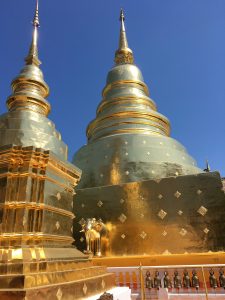
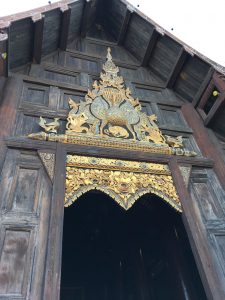
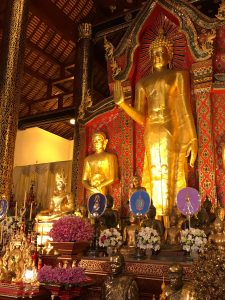
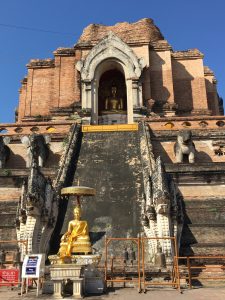
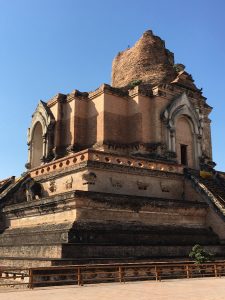
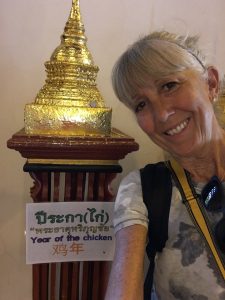
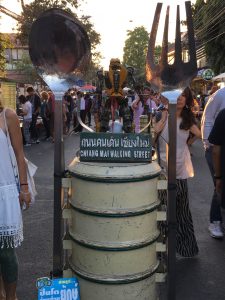
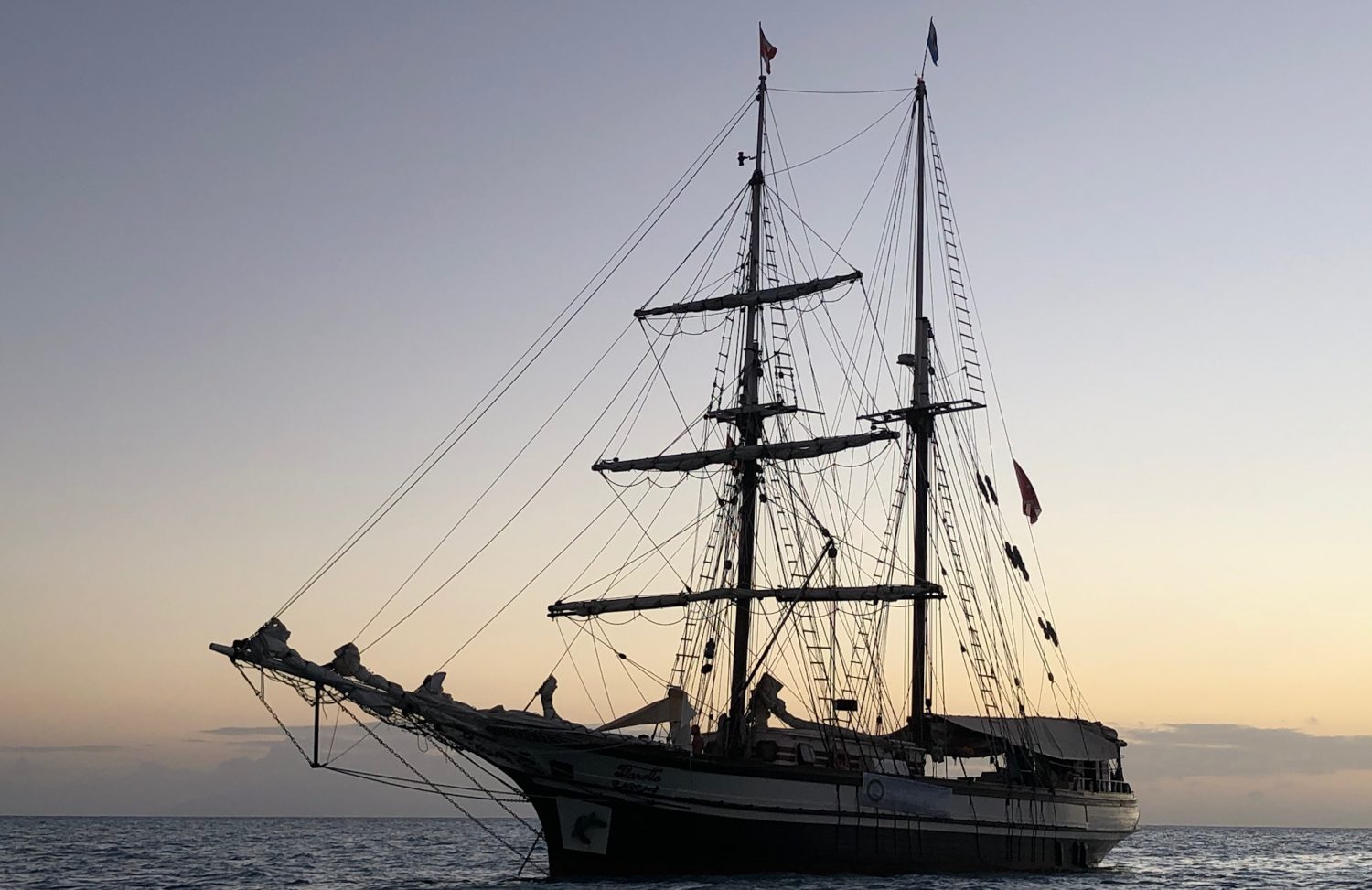
Beautiful shots – the blue of the sky offsets the beauty of the structures perfectly. Where are those foot pictures?